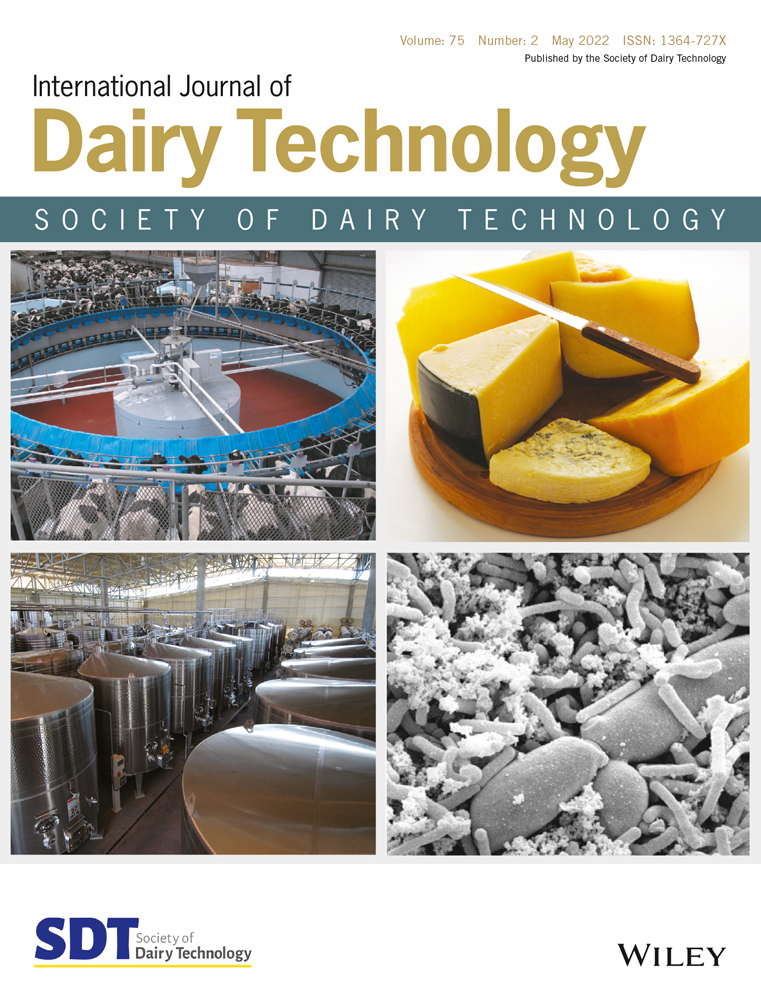Activation of lactoperoxidase system in buffalo milk using dual enzyme (lactase & glucose oxidase) and its effect on milk constituents
Abstract
In the present investigation, lactoperoxidase (LP) system was activated in buffalo milk using 400 U of lactase with 350 U of glucose oxidase as the source of in situ hydrogen peroxide with 50 mg thiocyanate per litre of milk. On the basis of titratable acidity, clot on boiling, and alcohol test, milk remained acceptable up to 9–10 h. The hypothiocyanate ions level (57.629 ± 0.38mM) after 9th hour of LP activation maintained close to the level suggested in central composite rotatable design. The milk preserved using the standardised formulation to activate the LP system did not show any variation in physico-chemical parameters of milk from the usual quality except for lactose content, which was measured using HPLC. Lactose content was reduced from initial 4.7% to 1.4%, 0.99% and 0.53% after 1, 2 and 4 h of activation at 37°C, respectively. Whey proteins remained unaffected as no changes were observed in their electrophoretic behaviour. Serine equivalents in both control and LP system–activated milk was 1.20 ± 0.001 mg/mL, indicating no proteolysis. Thiobarbituric acid values of LP-activated milk at 0th hour and 9th hour were 0.81 ± 0.002 and 0.082 ± 0.003, respectively. No significant changes in free fatty acids were observed on account of LP-system activation using the studied dual-enzyme approach. LP-activated milk remained heat stable up to 10 h at 37°C.
CONFLICT OF INTEREST
The authors declare that there are no conflicts of interest.
Open Research
DATA AVAILABILITY STATEMENT
Research data are not shared.




